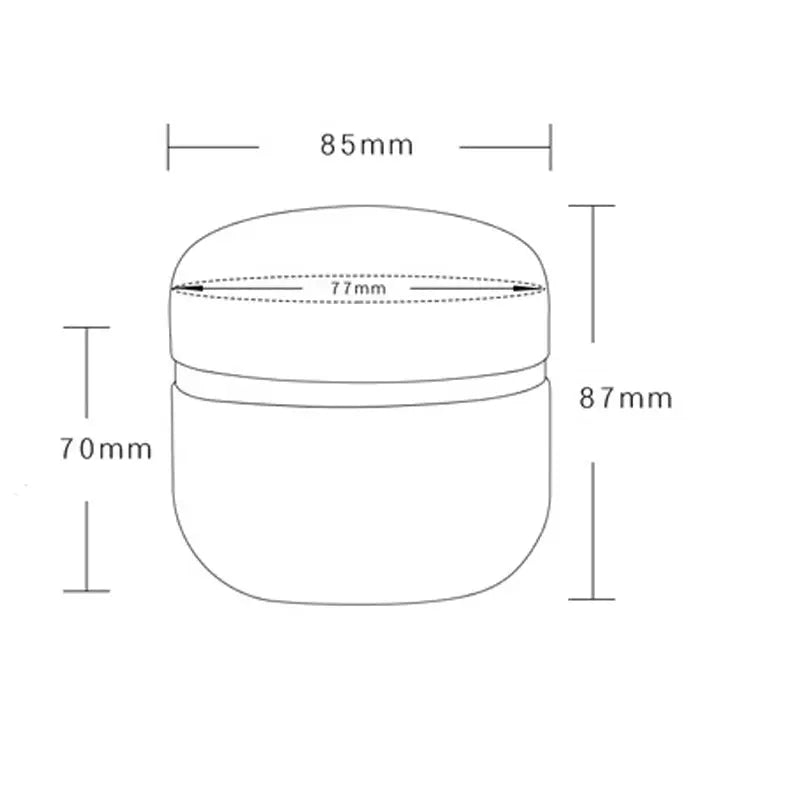Early cremation urn use
It is very human to want something tangible to hold on to those who we have lost.
Unsurprisingly, the use of cremation urns to hold the ashes of our friends, family and fur-babies is a centuries old tradition.
The first known use of cremation urns was in China, about 7000BC. Pottery urns, still a preferred choice today, were used and, just like now, over 50 different styles were used.
Perhaps the different styles chosen reflected the life of the loved one and represented a way of remembering them.
The oldest evidence of cremations can be found in Europe in the Stone Age, around 3000BC. Again, pottery urns were used to hold the ashes and this process was seen as a sign of respect towards the deceased.
Over time, during the Bronze Age, urns became more decorative, as the tools and materials available began to evolve.
In the Greek Mycenaean Age (1000 to 800BC), cremation and increasingly elaborate burial customs become a more integral and accepted practise. The Greeks understood that cremation was a safer burial practice, during a time where plagues took the lives of many.
The Roman’s adopted this custom too and, by the time of the Roman Empire (27BC to 395AD), it was widely practiced across the empire, particularly for more honoured citizens.
During this time, the cremation urns were very elaborate and typically, Grecian in style. The most common was the lekythos style:

Cremations, and therefore the use of cremation urns to store ashes, fell out of favour when Christianity became on stronger force across Europe.
Early Christians considered the practice pagan and cremations become rare.
Over the next few thousand years, few urns were used and burial became the preferred pathway.
Recent History of Urns
Modern cremation and the re-introduction of cremation urns for ashes really only happened just over 150 years ago.
An Italian professor, Brunetti, perfected and displayed cremation urns at the 1873 Vienna Exposition.
Around the same time, Queen Victoria’s surgeon, Sir Henry Thomson, fostered the use of cremation and urns in the British Isles and Germany built the first European crematories in Europe.
In the “New World”, the first crematory was built in 1876 and grew to 20 by 1900, reflecting the increased acceptance amongst the Protestant clergy.
Popularised by King Otto of Bavaria, who died in 1916, the dispersal of ashes to various locations of significance to the deceased become a more desired way of honouring a life.
Along with the rise in cremations, there was also a parallel surge in demand for memorial urns.
Today, the cremation rate in the UK outnumbers burials and continues to grow across the world.
Many of the religions that were previously against cremation and the use of urns to store ashes have now embraced this tradition.
If this is the path you choose to honour a life, there will be a cremation urn design available that will resonate with you as a reminder of the essence of your loved one. Whatever style, shape or design you choose, you are part of a long honoured, global tradition, of people seeking to show reverence to the ones we have lost.




















